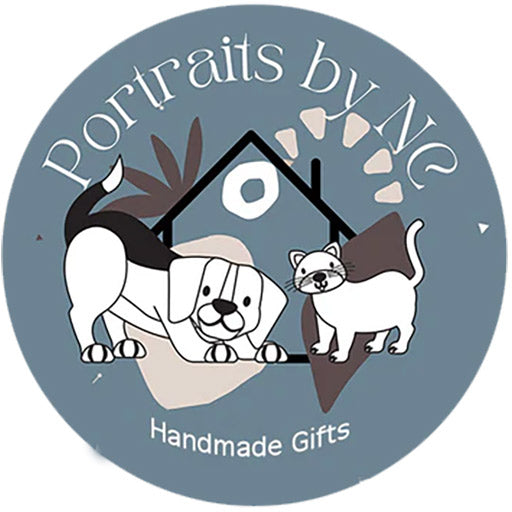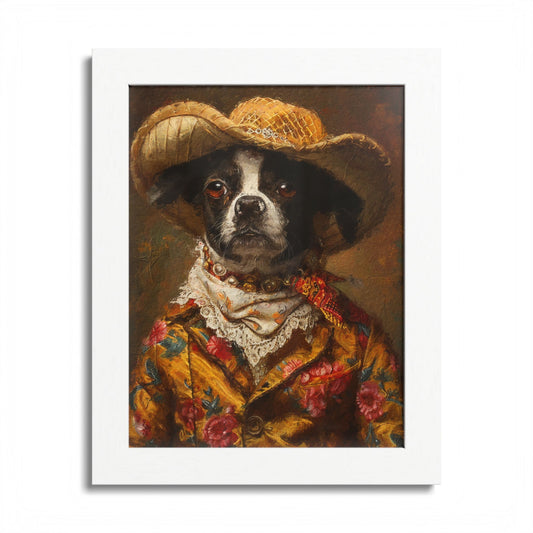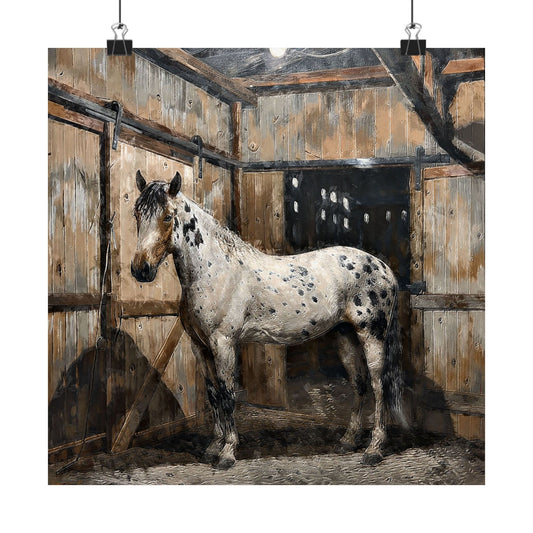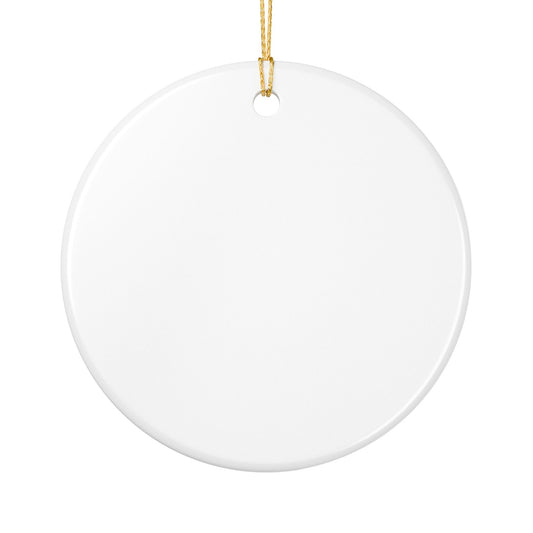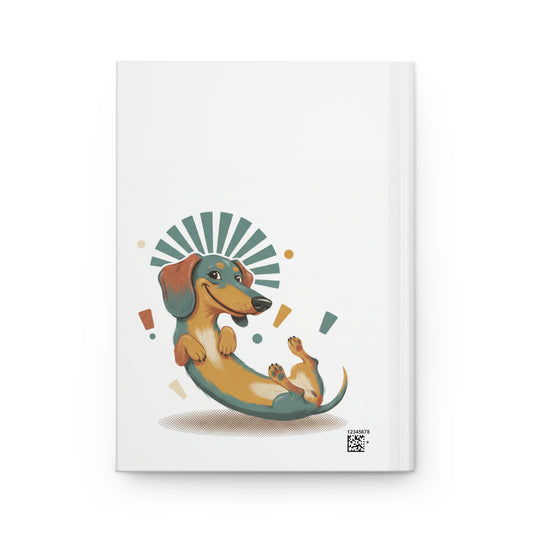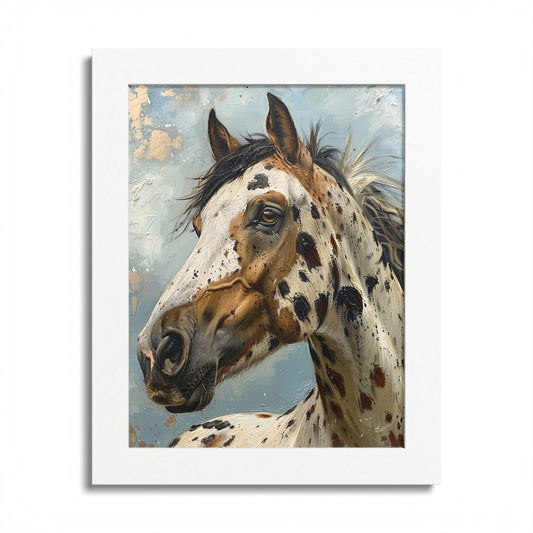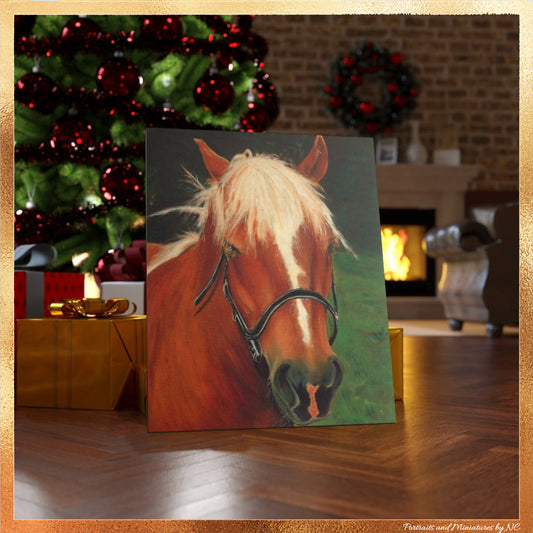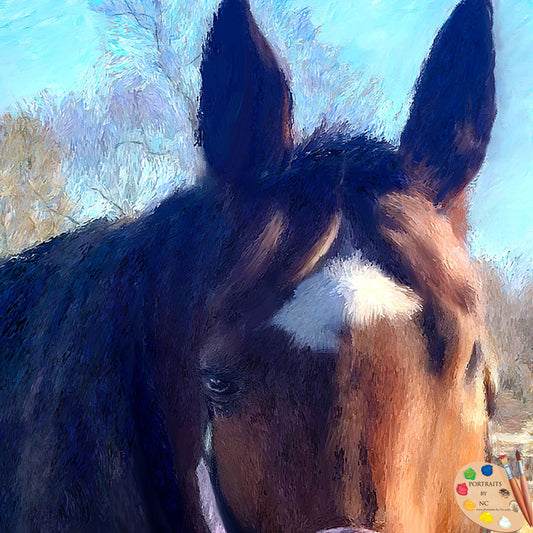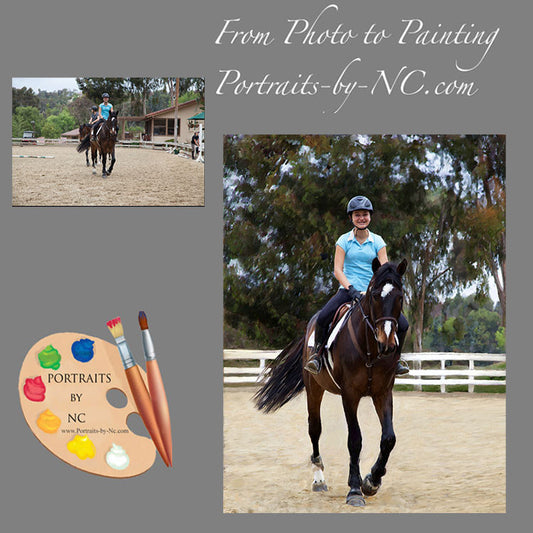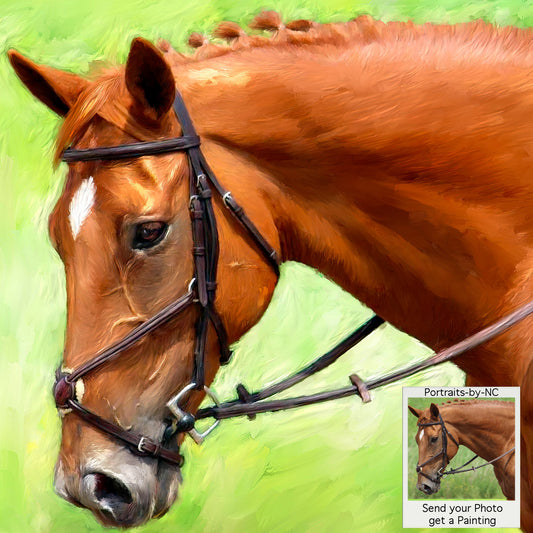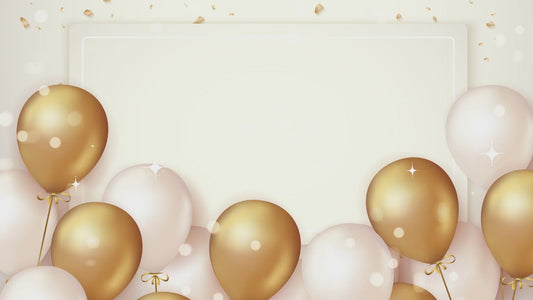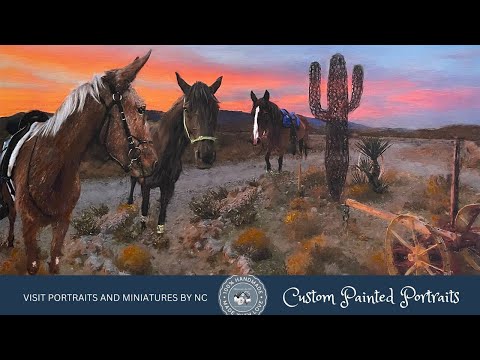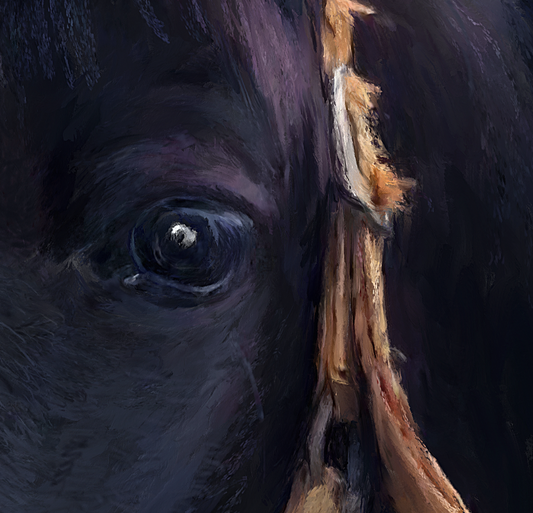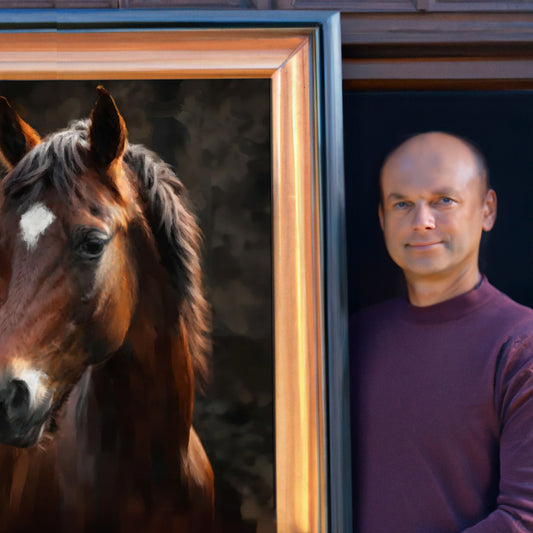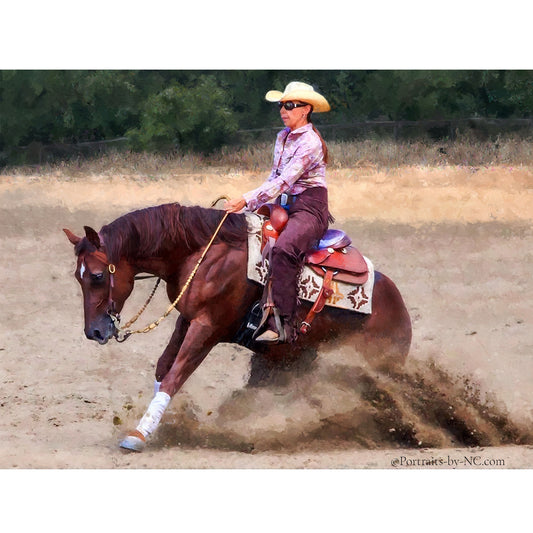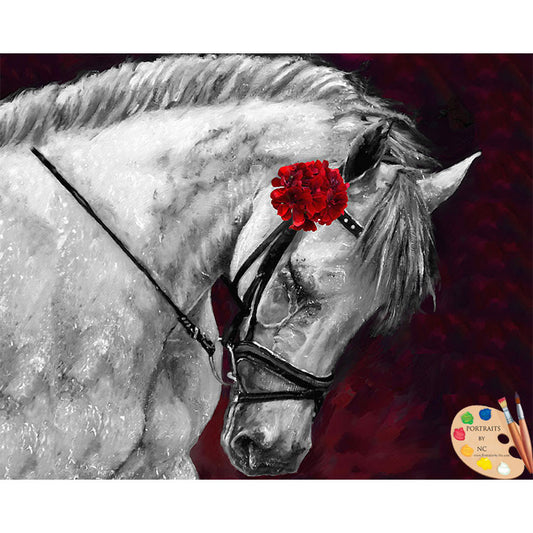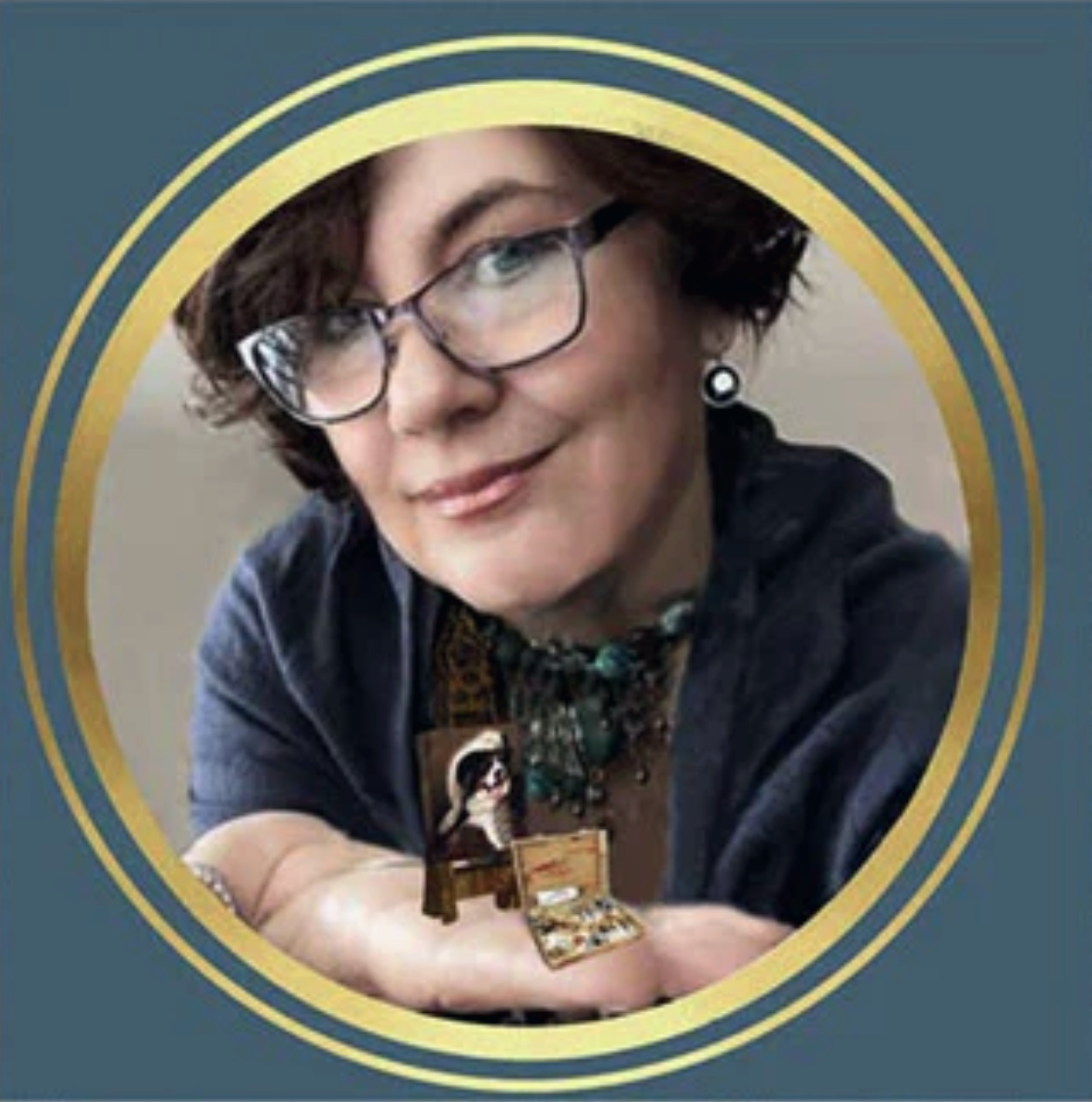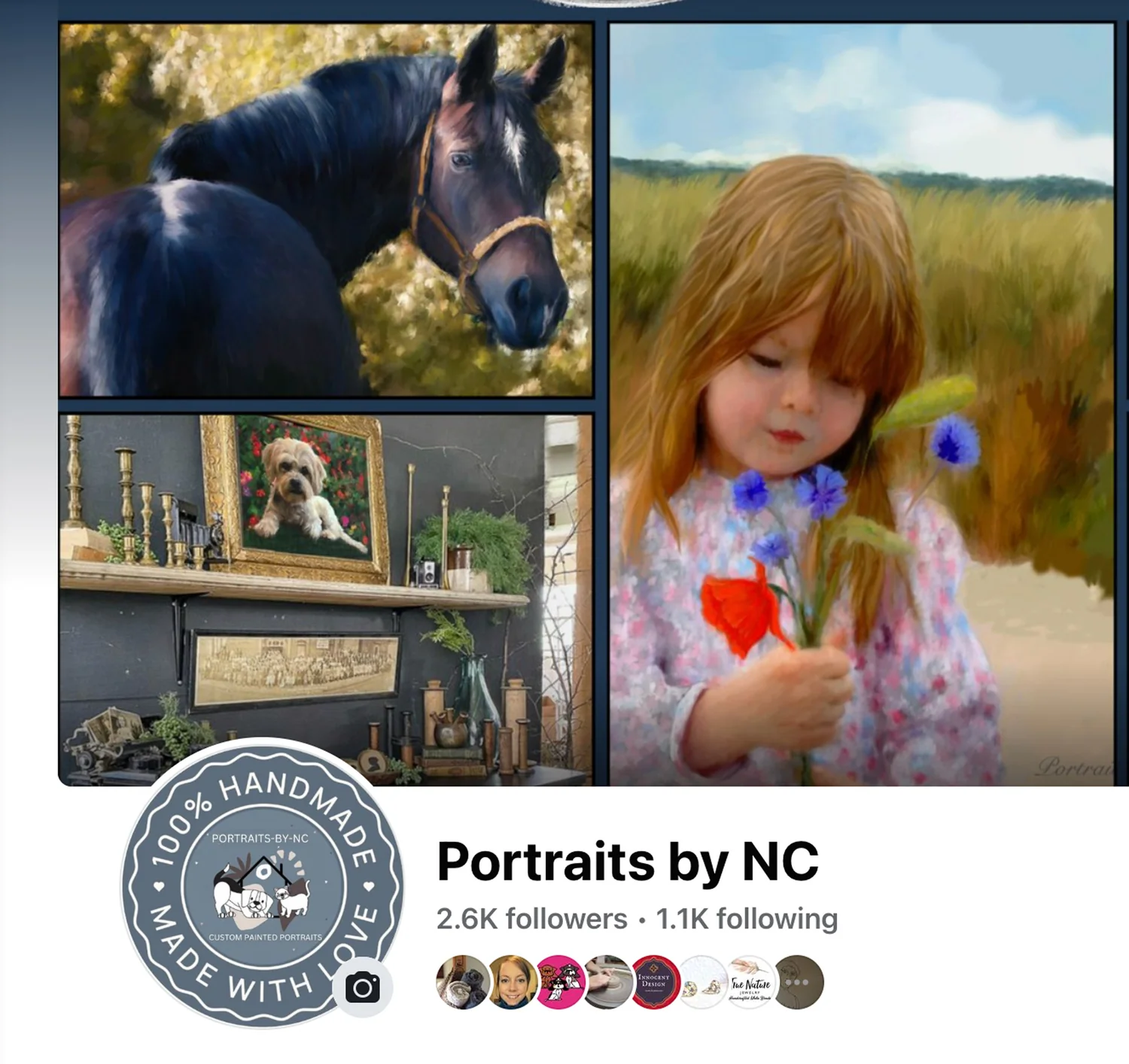Pinsch Portrait is Finished
Share
 The finishing touches have been painted and this Miniature Pinscher portrait is now finished, dry and ready to be sent to its owner. When a painting starts out, it goes from a sketch to an underpainting. Then color is added and layers upon layers of more paint. This layering creates a smooth yet rather flat looking painting. Since each layer has to dry before the next one is added, thick paint is only applied towards the final stages.
The finishing touches have been painted and this Miniature Pinscher portrait is now finished, dry and ready to be sent to its owner. When a painting starts out, it goes from a sketch to an underpainting. Then color is added and layers upon layers of more paint. This layering creates a smooth yet rather flat looking painting. Since each layer has to dry before the next one is added, thick paint is only applied towards the final stages.
This does two things for a painting. First visual interest is created. The neck area, for example, was a rather large, dark and dull looking. By creating peaks and valleys through paint texture the paint now catches and bounces the light around. Now the fur on this area is now much more interesting to look at. Second, use reflective light in the texture as well. I worked in some of the reflective blue light of the sky. Just as in real life everything takes on the hue of the light that is reflected. Imagine going into a dark room that has a red light bulb illuminating the room. Everything from objects, to your outfit, hair and even face will have a reddish hue.
To create realism in a flat painting the same thing is accomplished by adding this reflected light of whatever surrounds the subject. When the texture is added, the reflected light is on steroids. It just pops and gives the impression of actual form. If you want to reach out and touch, that means your eye has been fooled and your brain thinks there is a form that can be stroked. I had this happen with a painting I did for a kids room. The kids are sitting in the sand - you can see the painting here. At every gallery showing or at a show, I had kids come and touch the sand. Texture is powerful!
I also added a highlight by the eyes for the same reason. However, the thickness is less. Varying the degree of paint thickness is very important. Imagine if the entire painting were painted with thick impasto strokes. It would take on the same characteristics as an entirely flat painted painting. It would get boring to look at and the form would get lost again under all that heavy paint.

Of course one of the largest challenges with applying thick paint is drying time. Yes, mediums can be used to speed up things, but then paintings need to be mailed and paint can get stuck if it has not dried well. Believe me, it has happened! My mentor told me to stick the painting in front of an oven at 150 F and let the warm air dry the paint. This might work in the winter time, but I found during hot summer months a heat gun works well too. Just don't get too close the paint will start to bubble. Believe that has happened too and you don't want to go there. It's a nightmare ~
If you like to order a similar dog portrait click below.
Check out what's new in my store
 *
* *
* *
* *
*
